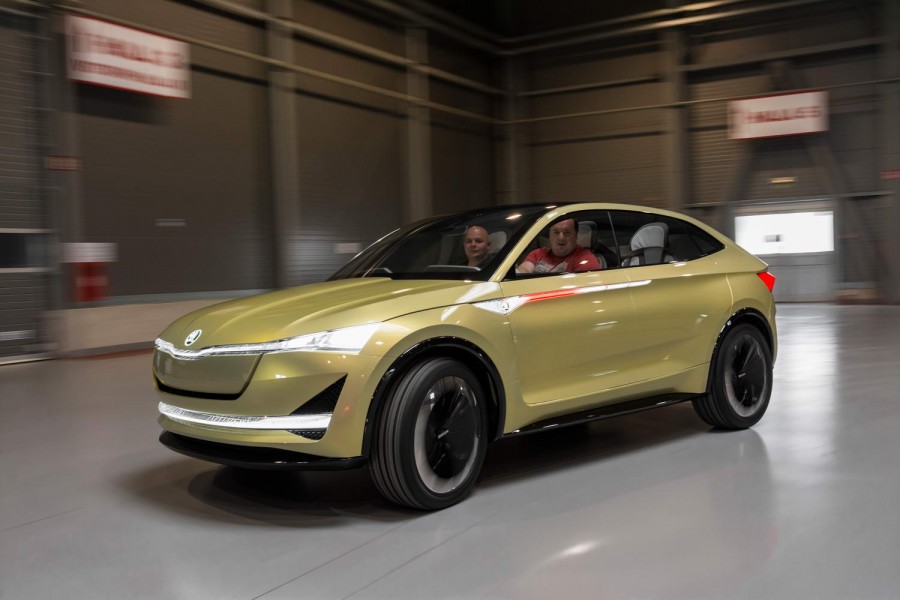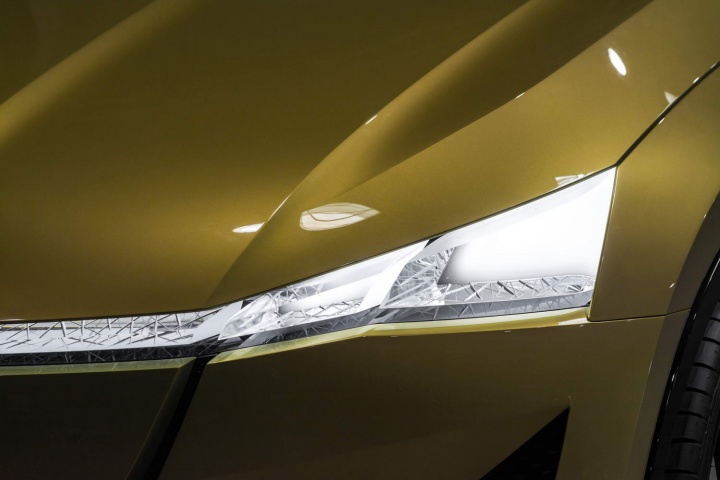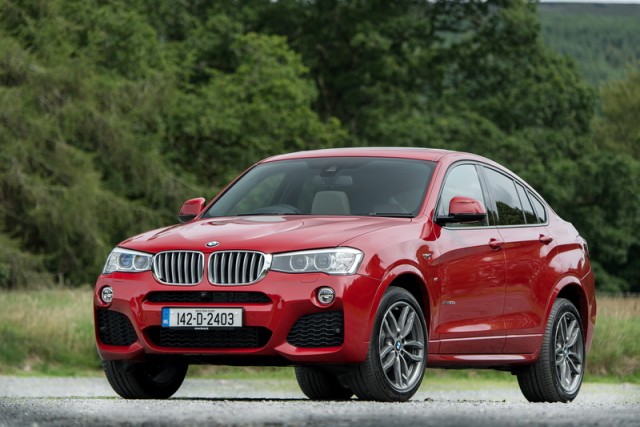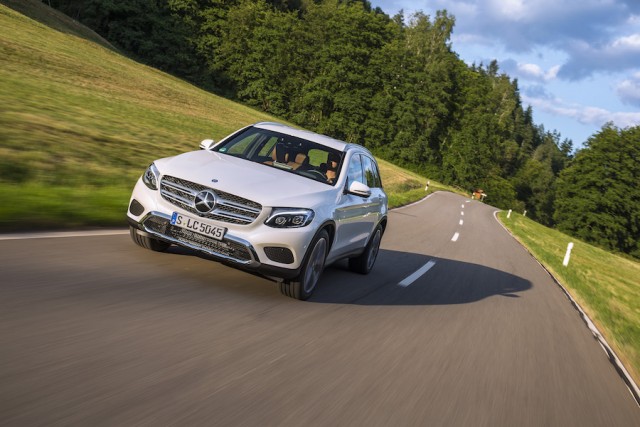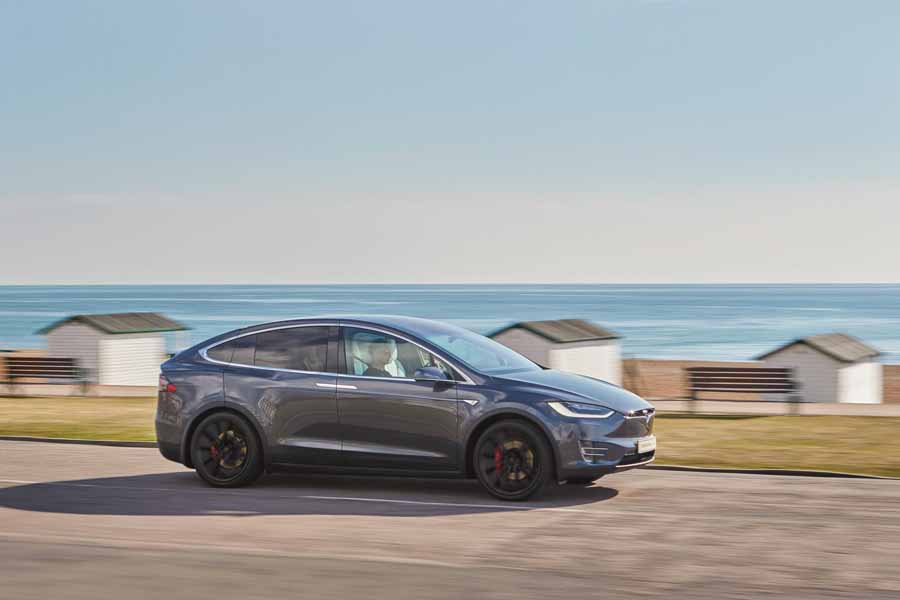It's going to be on display at the Frankfurt Motor Show in September, where it will be making its European debut, but we've already driven Skoda's striking Vision E electric concept car. This previews an all-electric coupe-crossover that the Czech firm will launch in 2020, it being one of five fully electric vehicles (EVs) to come from the brand between now and 2025.
In the metal
It's not called the 'Vision' E for no reason. Like the Vision C and Vision S before it, this Skoda concept is supposed to strongly show off a forthcoming, production-ready electric SUV. The C was the precursor to the Superb and the S turned out to be the Kodiaq, and in both instances the concept version was about '85 per cent' similar to the corresponding eventual finished product, so the only difference here is that we don't know what the E's final model name will be - although we're presuming it won't be in the vein of the 'begins with a K and ends with a Q' monikers of the current, conventionally-powered SUVs from the Czech marque.
Thus, minus a few of the motor show extravagances that'll never get green-lighted - such as the camera door mirrors and loads of light strips adorning the bodywork - this is broadly what Skoda's EV coupe-crossover will look like. And we heartily approve. Pry the brand's logo badges off its nose and rump, and paint it in a shade other than the giveaway metallic green, and we still reckon most people could easily identify the Vision E as a Skoda. There's a crispness to its side lines, a sharpness to its lamp clusters that ties it in brilliantly with the rest of the company's road-going vehicles. It also (take note, BMW and Mercedes...) manages to make a coupe SUV actually look attractive rather than gauche, which is some achievement, we'd say; this, despite it being a physically big machine that's nearly 4.7 metres long.
Step inside and it's a similar tale of peering through the glittering excesses of the Vision E's concept car status. All the crystal-effect glassware, backlit with soft-glowing white LEDs, is very Starship Enterprise, while the one-piece bucket seats fore and aft and the wood veneer flooring are also unlikely to be on your local Skoda dealer's options list come 2020. Or the huge 'slaphead' windscreen, which extends well above the two front-seat occupants to make for a widescreen, sci-fi driving environment.
But that two-tier dash is more interesting, and so are all the screens. Fully 11 of them can be spotted in and around the cabin, and that doesn't include a twelfth top-centre of the console, which simply displays the legend 'Vision E' permanently. OK, so four of these are made up of smartphones floating on each of the door cards, but expect the Skoda EV to have plenty of touchscreen functionality dotted about the cabin - one presentation from Skoda during this press event also seemed to show a new thin, horizontal bar that would be used as an infotainment display in the future... and it was mounted on the front-seat passenger's side, rather than centrally for the driver to use; intriguing.
Also expect the EV, as with everything from this central European manufacturer, to have acres of interior room. The Vision E is built on the new MEB platform, which is to EVs throughout the wider Volkswagen Group what the MQB has been to transverse-engined combustion cars since 2012. That is to say, MEB is a modular platform that is optimised for electric propulsion, meaning the Vision E's front bulkhead is sited far further forward here than it would be on a car that had to accommodate a fossil-fuel burning mill, no matter how small. That makes for a colossal cabin and what looks to be a huge boot, which isn't unduly compromised by the sloping, rakish rear hatch. All in all, the Vision E is a cracking thing to behold, even if you tone down its visual splendour in your mind's eye to something you're more likely to see caked in winter road grime and running along the M50 at rush hour...
Driving it
Skoda keeps the exact running gear and specification of the motors and lithium-ion battery pack suitably vague, given it is some years away from getting the Vision E to market, so what we know so far are the following facts: it has two motors, one for each axle, which between them churn out a combined 306hp, making the car pretty swift; it can go up to 500km on a single charge; and it can drive to Autonomous Driving Level 3, which allows it a variety of computer-controlled driving systems but, most pertinently, means it can accelerate, steer, brake and even avoid obstacles all on its own, without the fleshy humanoid in the 'driving' seat having to intervene in the slightest.
However, this overly-fleshy humanoid is taking control of the Vision E for our test drive, which is conducted around the inside of a nondescript conference hall on the edge of the Czech Republic's capital city of Prague. Locals are happily and obliviously buying all manner of groceries and sundry items from a nearby supermarket as, in the anonymous grey building nearby, the future of their country's motor industry is being given a whirl by a handful of journalists.
Suffice it to say, even the largest conference hall in the world wouldn't give the Vision E the most testing of work-outs and this Czech site is a long way from being the largest conference hall in the world; but then, as the Vision E is as good as priceless, being the only one of its kind in existence, Skoda wasn't about to let us take it out for a good thrash on Alpine passes.
Therefore, we can't tell you much beyond the basics of how the Vision E feels from behind the wheel. But what we do know is even this showpiece concept model feels pretty well-sorted and a perfectly usable EV. Like all good cars of its type, pick-up is instantaneous and silent, the only noise being the whirr of the massive tyres on the super-slick floor of the hall and the occasional loud 'clank' of the EV traversing internal drainage gutters. We have to keep the speed down because of the fragile nature of the Vision E, but even with the lightest dabs of the throttle, you can feel the car has plenty of punch and that 306hp is not a ludicrous claim. OK, so there's not much to report in the way of ride quality as yet and those giant alloys mean the Vision E has a turning circle that's not far off that of an ocean-going tanker, with slow steering to match, but the early signs are that Skoda will make a deeply compelling, highly competent, EV coupe-SUV out of the Vision E once 2020 rolls around. And that the company's wish to have five EVs on its books by 2025 appears to be a more-than-achievable, worthwhile goal.
What you get for your money
This is a one-off concept car designed for a show stand, and not the production version as yet. As we've already said, we do know that Skoda quietly says this is about 80-85 per cent what we will get in showrooms in a little more than two years' time, but don't expect the 'suicide' rear doors or the mad crystalline interior to make it through the mass-production cut. However, do expect it to be a super-connected, highly capacious coupe-SUV that can certainly take much of the stress out of regular, everyday driving situations.
Summary
A brief, indoors drive in a concept version of a forthcoming production car isn't going to give you the greatest dynamic insight into the eventual showroom vehicle. Nor can you entirely see through what is merely show-stand glitter and what might conceivably make it into the model we'll get on Irish roads in the next decade.
But what is shiningly obvious is that Skoda has a huge EV hit on its hands with the Vision E. It looks great on the outside, all creased and distinctive, it is likely to have a lovely and vast cabin and if the company can get the 500km target range and 306hp outputs into Irish dealerships for a price that makes sense - i.e. one that seriously undercuts the only similar full-EV rival out there at the moment, the Tesla Model X - then the Vision E could be a watershed moment for the Czech company, as it transitions from the value brand of the Volkswagen Group into the one that democratises electric vehicles for all and sundry.

